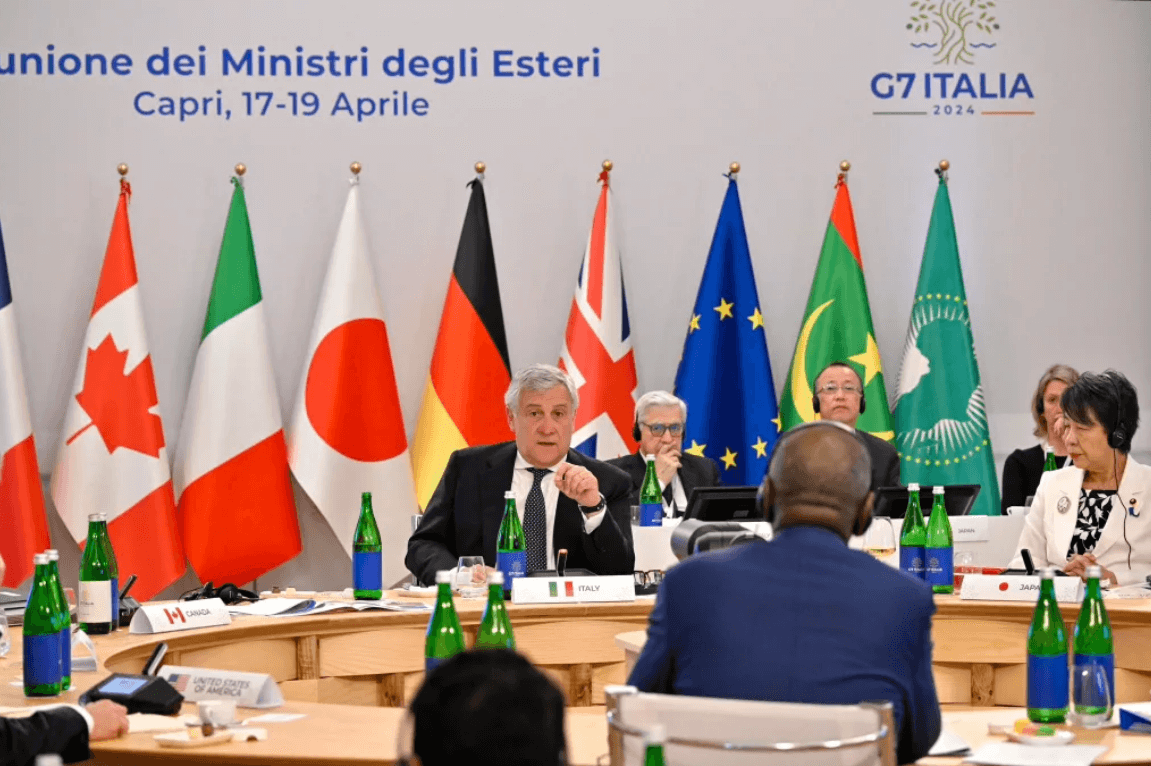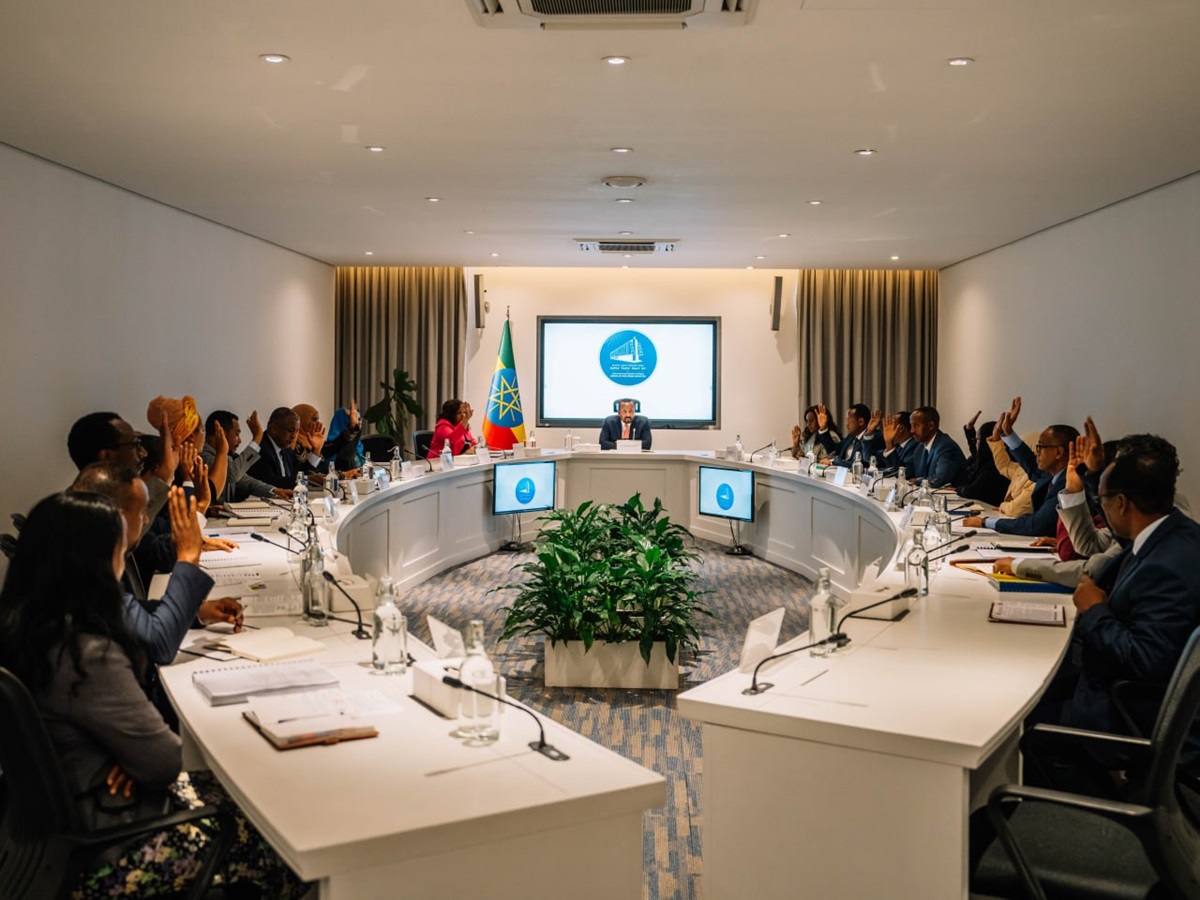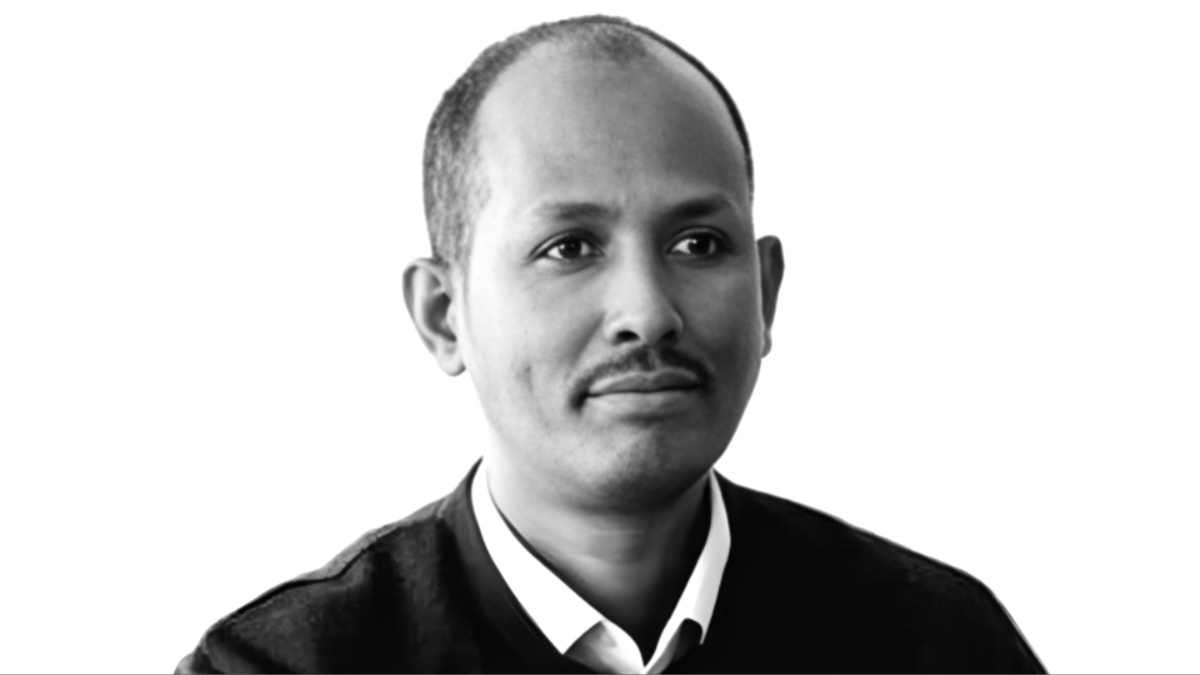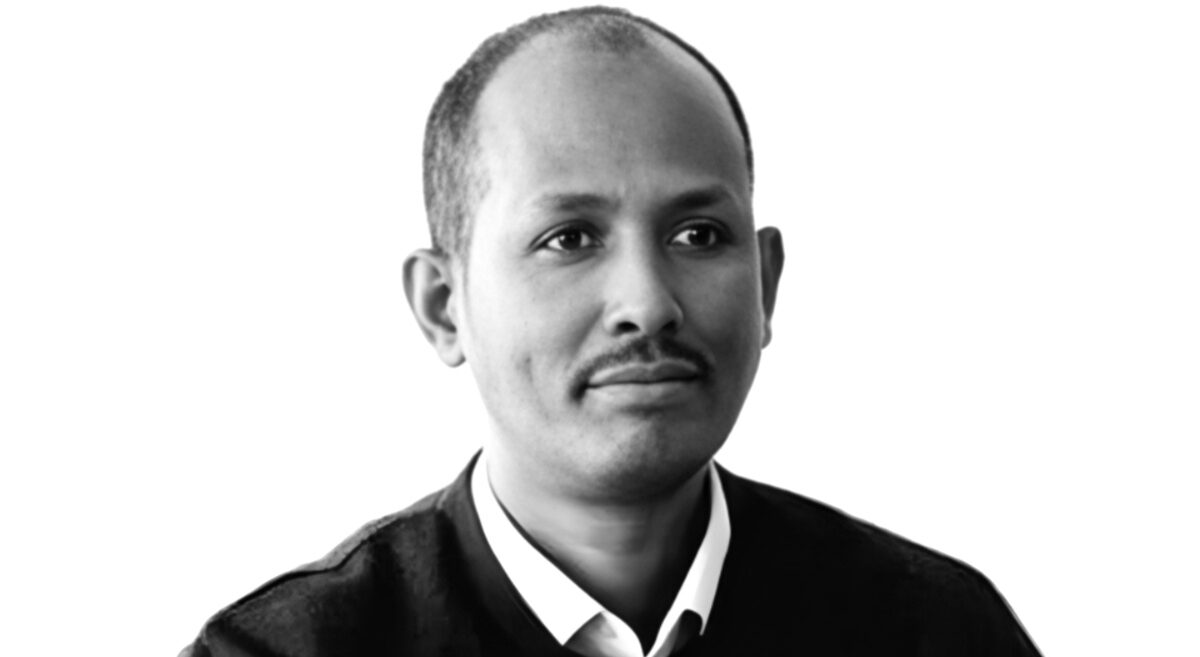Rejoinder: Pervasive propaganda of disgruntled Amhara elites in diaspora weaponize lies and distortions: lambasting rejoinder to a lame reply

By Mirgissa Kaba @MirgissaK & Girma Gutema @Abbaacabsa
Introduction
Yonas Biru (PhD) is a retired economist who once worked for The World Bank (TWB) and still affiliates himself with the TWB (save “the former” tag in his twitter handle) while taking an intellectually populist position to write and disseminate hateful propaganda pieces against the Oromo people of Ethiopia.
In absolute disregard to facts on the ground (be that historical or contemporary), he does not care to copy or quote texts to do his distortions from anywhere. Suffice to say here is the fact that he not only extensively distorted our points of view in the rejoinder we did to his lame manifesto, he quoted, so falsely, our own article, Oromo historian Mohammed Hassen, Bekele Gerba, Jawar Mohammed and Assafa Jalata distorting all, and all along.
In this article, we aim to again debunk the smear propaganda campaign being undertaken by Dr Yonas Biru and co against the Oromo.
In our earlier rejoinder to Dr Yonas Biru’s wrongly framed emergency manifesto, we argued that such a shallowly produced plan contributed nothing to improve practical situations of Ethiopians today. Not to our surprise though, the author yet again maintained his modus operandi–that’s weaponizing lies and distortions as a particular way of doing his propaganda business. Contrary to his statement, we do not believe his inspiration came from our article which in essence is a fact driven debate done as a rejoinder to what he presented as a manifesto. So, the author clearly lacks any factual foundation to do his rejoinder entitled “The Oromummaa Politics is Weaponized with Lies and Soaked in Blood”. As a result, this is nothing short of pushing with his sinister agenda aimed at attacking Oromummaa, the Oromo identity, by weaponizing distortions and lies by falsely linking it with the government of the day.
What we want to do here is to engage yet again in another round of debate to set the records right. As we explained in our previous article, in Ethiopia, history has always been grossly distorted and written in favor of the group who wrote it, often in a way of showing rudimentary hostility against others. Worst of all is that history has been written by “othering” Ethiopia’s majority nations, nationalities and peoples, including the Oromo, in the wider south. For us as Oromo elite, we do not allow such fabricated history of Oromummaa written wrongly on our behalf and most certainly from a stance of clear hate and hostility.
Hitting the nail on the head
The manifesto in question that Dr. Yonas wrote portrays dying Oromummaa in a dramatic way, albeit so falsely. He further went on to state “Over the last year-and-half, the extremist faction that is driven by the Oromummaa doctrine has increasingly controlled the levers of power and the PM has progressively become a part of it. Oromummaa is in equal measure part cult and part political dogma”. In his lame reply to our lambasting rejoinder, he attempted to clarify his position, “My Manifesto aimed at four broad areas: (1) bringing to light the worsening political and economic crises under the Oromo-led government; (2) uncovering the underlying causes of the crises, namely recycled Gedaa and emboldened Oromummaa; (3) exploring a win-win nexus for an all-inclusive dialogue, and (4) promoting domestic and international campaigns to pressure the government towards a peaceful resolution.
With all these, Dr. Yonas went all around but the point remains clear. His intention is to alert the world that Ethiopia has a wrong government which upholds Gada and Oromummaa. To this effect, he seems to call the international community to help stop this.
In our previous article, we tried to shade light on the fact that Oromummaa is a fundamental concept among the Oromo… which is a mark of identity for which all Oromos spilled their blood over the centuries. We reminded the writer that ‘… everyone in this country should have an equal voice to chart the future of the country’ and ‘the contradiction on the love one has for the country versus the call to the international community to stop supporting the government of the day’.
Moreover, our previous article has addressed the issues flagged in the manifesto and tried to also offer a space to give it a second thought understanding the points and approaches. Unfortunately, the whole purpose has nothing to do with ‘averting war’ other than the inherent interest for dominance. Key point here is: Oromummaa is not a government creation but what the Oromo considers as its identity which encompasses its culture and social construct. What is in Oromummaa if given the opportunity to work could serve much bigger purpose. How, when, and by whom remains a question to be addressed by the Oromo elite. There has never been an attempt to push Oromummaa on others nor has there been any attempt to infringe on the rights of others in connection to this. All we say is this is our issue, for which generations continue to pay the price and leave us to exercise it. The moment the Oromoo pushes the agenda to the boundary of others, then that time the writers of this article will stand with Dr Biru.
Secondly, linking Oromummaa with blood, killing, expansion, human right abuse is completely unfounded. Oromummaa is for peace not only with humans but also with nature.
The Oromo find it difficult to cut trees and have to take time to think and know when to cut trees so that it can sprout. Oromos are at peace with animals both domestic and wild. Although this is open for further study, Oromo won’t randomly kill wild animals even for hunting adventures. Since time immemorial, Oromo have been fighting to survive peacefully on their land and only demanding fair political representation. There are evident statistics on professional constituencies at different institutions. Certainly, linking Oromummaa with the government of the day is a mistake. As we stated in our previous article, it is our conviction that the Oromo suffered much and paid a bitter price during the era of the current government.
Influential politicians in Ethiopia like Siye Abreha and Lidetu Ayalew who were imprisoned, respectively, by the previous and current governments witnessed that Afaan Oromoo was prison language then and now. So many Oromo politicians are still behind bars with no information of their whereabouts. That being the reality on ground associating Oromummaa with the ruling party is grossly unfounded. Nonetheless, had the ruling party adapted at least some elements of Oromummaa, we would not have seen the problem for holistic peace prevails. That could however become a reality even under Oromummaa, when you and likes start to focus on yours instead of aspiring what belongs to others.
Setting the tone on understanding Oromummaa
Appreciate the author’s slight recognition of Oromummaa from the ‘Oromo’s humane traditions and ethos of welcoming outsiders with a sense of community value and welfare’. This and perhaps more of the positive elements of Oromummaa is what the Oromoo has long been fighting for. We do not see the coercive political doctrine of Oromummaa imposing Oromo language, culture, and identity on others. We think that these are the wrong narratives that Dr. Yonas and co wanted to see roll on ground. That is what they want the world to know and understand. And we say, big NO!
This has nothing to do with anything except delusion. The Oromo did suffer under the dominant culture of the successive Abyssinian governments. It is not individuals who sit on the throne, but the institutions that were established to leave the Oromo with no hope but force to abandon its language, culture and identity. The Oromummaa Dr. Yonas and co tried to frame wrongly was meant to survive but those who were buried in the same hole in early 1970’s. Perhaps, they won’t give you any chance for your nascent narratives. They were from different parts of Oromo land and followers of different religion. But, they insisted we are first Oromo and proudly accepted to show us their determination for being Oromo.
What’s more, had your caveats got some grain of truth, we wouldn’t have lost such heroes, Afaan Oromo would have been a literary language, Oromo culture could have a wider space in the framework of the Ethiopian government, Oromia could have relatively better service and infrastructure since it has wealth of resources etc.
We bet, you would realize the truth to take your hands off Oromummaa. Regarding the politicization of Oromummaa, you are kindly reminded to make your arguments now more focused on the ruling party without associating it with Oromummaa, the organic Oromo identity. As we explained in our previous article, promotion of Oromummaa by the ruling party is again unfounded. The Oromo does not claim other’s resources nor is interested to rule over others. The Oromo for long ventured to claim its own identity, resources and peaceful relations with others. Had the ruling party accommodated the principles of Oromummaa, the country would have shined but not shunt off. In our view, the same old institutional frames are at work in the country that is also the reason for Dr. Yonas and Co to make reactionary and nonsensical allegations. Application of Oromummaa model could have served a much bigger purpose beyond use of it to decorate fake and superficial speeches.
On the Gadas system
We do not think we need to make any more arguments here about the Oromo Gadaa system. We however intend to make two important points that may help Dr Biru to understand it better.
First, Gadaa system survived persistent pressure and annihilation to survive till today. It is not true that Gada is archaic. Author’s understanding, so be it, missed the reality on the ground. Gadaa events may have not been observed but underneath the system maintained its integrity and when opportunities prevail it doesn’t start from scratch. For us, reducing the system strategically into rituals under the surveillance eyes and ears of the dominant Amhara culture was not an easy task. One could in fact be surprised how Gadaa survived all such state sponsored pressure to date.
Gadaa as a structured system of politics, peace and tranquility could have developed better had there been no externally imposed force that deterred its development by deploying state power. We do not buy the comparison made with Japan and China as the author bent on intentional distortions rather than telling the truth. Both have great history and have recognized their historic traditions in making splits to their future. The founding fathers of those countries have visions to replace traditions and know what to replace with. In the Ethiopian case, we do not also see we have yet common pride and interest to protect those mentioned ‘national’ icons. The fact that disgruntled elites like the said author continued to play negative roles by attacking Oromo values like Gadaa which the Oromo people consider very dear to their social organizations and ways of life show that we still are way behind a point of starting to develop common national symbols of iconic importance. In other African settings where indigenous knowledge systems are valued but not attacked, such systems contributed to solving great societal problems. For instance, it’s important to appreciate the traditional governance systems of West Africa that played useful role during the wars in countries from that part of Africa.
Secondly, the Gadaa system is a very rich system with different components. The seminal PhD work by Prof. Asmarom Legesse did a good job although several other scholars including newcomers have written about Gadaa and its different components. Reading this pioneering work would offer complete understanding of Gadaa: what it is, its components, roles, constituencies and constitutions. Early writers have done quite excellent but now we have a number of documents still coming out on Gadaa. There are volumes of books on Gadaa as written by different scholars, Oromo and non-Oromo alike, and this highly cherished and sophisticated system of Oromo socio-political, military and governance can not be tarnished by hastily composed opinion pieces posted on some gutter websites. This is the system from which the Oromo collective agency takes pride and the least that any sane, sensible and respectful person should do is leave it for the Oromos themselves. If anyone wants to study Gadaa, joining hands with scholars working in the thematic area would be a good idea. Otherwise, we do not see any sound ground for someone who does not know the system hates it bitterly. Note that there are three Universities we know in Ethiopia which have already established dedicated study centers (department and/or fully fledged institute) that focus on the Gadaa system as a specific thematic area of scientific studies. These are Haramaya University’s Institute of Gadaa Studies, Jimma University’s Institute of Oromo Studies and Rift Valley University’s Oromo Studies Center.
Current crisis in the country
Although we do not know how the inner circle dynamics operate, arbitrarily churned out allegations that the government in power is an Oromo government or ‘Oromuma government’ to use the said author’s term is certainly unsubstantiated if not purely fabricated. Following the multinational federal arrangement, there are different chambers of governance at federal and regional levels. Dr. Yonas and co know for sure that politicians from all regional states of the federalist dispensation in Ethiopia are part of this government. As such, this false narrative of ‘Oromuma government’ now being concocted by Yonas and co is such a venomous propaganda vapor puffed to systematically isolate and attack not only the Oromo elements within the ruling Prosperity Party, but also the entire Oromo nationalist political class in Ethiopia. We contend that this does not serve any purpose other than further sharpening the chronic contradictions we already have in Ethiopia’s socio-political discourses.
Government of the day might have its own mechanism to track such allegations, and perhaps its own forum to deal with them too. But for us, a mere monitoring of empirical evidence suggests that most of the current crises that the country faces pull some strands of the thread rooted in the narcissistic activism of such educated but bigoted and disgruntled Amhara elites based in the diaspora. Enjoying the freedom they got in foreign countries they lived in as diaspora for decades, they work hard to fuel the fire flame that burns back home in Ethiopia while blindly blaming others.
Not to our surprise though, Yonas tried to associate himself with the Oromo in his rejoinder to our earlier rejoinder. He says he got Oromo heritage himself, as being born to Oromo and Amhara family. Guess what, he says so after spitting all his venomous stuff against the highly valued Oromo cultural and material civilizations like Gadaa, Gudifachaa and Moggaasa systems. Is this not too much of mean? In fact, Yonas and co do not need to have Oromo heritage to either celebrate or denigrate the organic Oromo identity (Oromummaa). There are people of diverse culture who promote Oromummaa. Yet unfortunately, there are also some media personalities who claim to Oromo have Oromo heritage or bear Oromo names but mentally enslaved by such wrongly crafted narratives of the disgruntled Amhara elites.
What’s more, it seems that people like Yonas who mix up their Ethiopian citizenship with their mixed ethnic heritage are bipolars who struggle to assert their social identity in the real world. Having mixed heritage and being proud of both is a virtue while incriminating the other part of self is egocentric, at the very least. Clarifying our point regarding the general public’s recognition of each other: offer concessions to each other whenever needed, appreciate each other’s values, culture and pay respect to each others’ socio-economic interests etc are the existing facts on the ground. There are 12 percent of Ethiopians with non-Oromo identity in Oromia who live abundantly happy and harmonized lives with Oromos. The elites nonetheless remain to take themselves aloof to the extreme and often found to engage the public who otherwise are happy the way they live. Again, this point can be taken up for further studies. Be that as it may, Yonas and co seem to belong to those in the confused circle of lost identity who want to keep on enticing divisions that lack real momentum on ground.
Summary
Although this still remains a non-formal group of people with shared views, we are happy to enjoy seeing the inner self of those who put as much hate on the Oromo as possible. Claims of being an Oromo would not serve any purpose other than seeing the pressure one has to survive to remain relevant to the absurdly false narratives that can not survive or serve any bigger purpose. The continued effort to associate Oromummaa, the organic Oromo identity, with today’s governance system in Ethiopia is nothing short of an inherent interest to get rid of Oromummaa for good with regime change in Ethiopia, if that succeeds anyway. This is a dream that would not happen. Oromummaa is not about irredentist politics but about identity, self-governance, ownership of one’s own resource, not infringing on others’ rights, peace and tranquility. These ideals of Oromummaa shall continue to shine.
********
Editors Note: Mirgissa Kaba (PhD) is an Associate Professor at Addis Ababa University. A sociocultural epidemiologist in specialization, Mirgissa is also an ardent advocate of social justice. He tweets @MirgissaK
Girma Gutema (MSc) is an independent researcher and human rights defender based in Oromia, Ethiopia. He is also a member of the opposition Oromo Federalist Congress (OFC). He tweets @Abbaacabsa
The views expressed in the article are that of the writers and do not necessarily reflect AS’ editorial stands.







